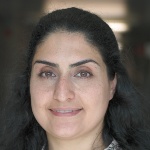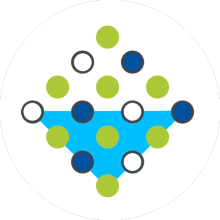Research structure
Research in SFB 1313 is structured in four project areas. Project Areas A, B and C are mainly driven by fundamental scientific questions that arise from engineering applications and by the need for thermodynamically based theories, model concepts, mathematical and numerical methods. Project Area D tackles several common challenges that arise from questions posed in Project Area A to Project Area C.
Research in the project areas is complemented by two additional projects: an information infrastructure project and a research service project that serves as an experimental platform (project Z02 - the porous media lab) offer possibities for exchange and support the research projects in their work.
Newly arising scientific questions that are not in the scope of the research projects are addressed in internal projects. Additionally, researchers that work on topics related to the research in SFB 1313 can become associated researchers. Doctoral students, who become associated researchers can take part in all activities of SFB 1313.
Project Area A: Free flow and porous-media flow
Flow and transport processes in domains composed of a porous medium and an adjacent free-flow region appear in a wide range of industrial, bio-medical and environmental applications. Project Area A deals with the complex interface-dependent exchange processes (mass, momentum and energy) that occur in such systems.
Project Area B: Fracture propagation and fluid flow
A reliable description of complex damage and- fracture evolution in fluid-filled porous media is an important challenge in a wide range of applications in science and technology. Application areas cover problems in petroleum and environmental engineering, rock and soil mechanics, and even advanced problems in biomechanics, medical and material science. Project Area B addresses the complex fracture and damage processes that occur in these fluid-filled porous media.
Project Area C: Fluid-solid phase change
Project Area C deals with pore-space alterations due to interacting processes at the interface between the fluid and the solid phase. Work in these project areas involves a coordinated research effort that combines mathematical and computational model development with advanced multi-scale imaging-based experiments.
Project Area D: Benchmarks, computing, and visualization
Project Areas A to C share many conceptual challenges, such as the visualization of both simulation and experimental results, the definition of benchmarks for code and model validation, as well as coupling between different parts of multi-physics and multi-scale simulation environments. These topics are addressed in Project Area D.
Vision Topics
Many environmental challenges that are driven by interface processes combine questions from several project areas of SFB 1313. As each project area of SFB 1313 focusses on one particular challenge, in the second funding phase, three vision topics where created, that combine the knowlegde of the project areas: salt precipitation, calcite dissolution, and fractures .These vision topics formulate their own research questions and focus on topics that brigde the Project Areas A to C. They illustrate how the commonalities of environmental engineering applications and their corresponding processes are planned to be handled, and how the structure of SFB 1313 reflects this approach in the coming years. Projects from different areas will contribute to the vision topics, so that area-spanning models will be developed that integrate the capabilities of the models from the individual areas.
Contact

Samaneh Vahid Dastjerdi
Dr.-Ing.Postdoctoral Researcher, Management, Project MGK, Central Project Z, Research Project Z02







